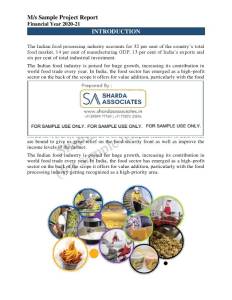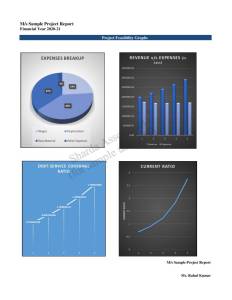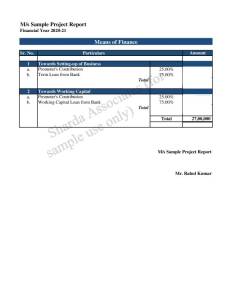Project Report For Gold plating jewellery
Introduction
The project report for Gold plating jewelry is as follows.
Gold plating is a chemical or electrochemical method of depositing a thin layer of gold onto the surface of another metal, most commonly copper or silver. This page is about plating techniques used in the current electronics industry; see gilding for more traditional plating techniques, which are commonly used for much bigger things.
Project Report Sample On Gold
Plating Jewellery
Get Completely Custom Bankable Project Report
The gold plating on jewellery gives an item the stunning look of gold without requiring it to be constructed entirely of actual gold. Because gold is so valuable, many people will not be able to afford a solid gold piece of jewellery. The beauty of gold plating is that it allows you to imbue a piece with all of the attributes of gold without the high expense.
Gold plating is commonly used to give jewellery, cutlery, optical frames, and other surfaces an attractive and long-lasting finish. Gold is also a common plating material for various electronic components.
Gold plating chemicals, for example, are frequently used to coat connectors, circuits, and semiconductors. The electroplating process has been the subject of much scrutiny due to the release of hazardous chemicals.
Cleaning chemicals, electrolyte solutions, additives, pre-treaters, and acids are all popular gold plating chemicals. Cleaning chemicals have a substantially larger demand than the other categories.
Cleaning chemicals are used to eliminate nearly all organic and inorganic contaminants from the substrate. One of the main reasons for their great demand is because of this. The use of pre-treaters and additives is also expected to increase in the coming years.
Market Potential Of Gold Planting Jewellery
Expenses

Product Cost Breakup

Reveneue Vs Expenses

Market Trend

Over the projection period, the global electroplating market is predicted to increase at a compound yearly growth rate of 2.92 per cent, reaching INR 1,192.61 billion in 2026, up from INR 975.39 billion in 2019. The market is expanding because of increased demand for electroplating from various end-use industries.
Metal finishing R&D has expanded as a result of the introduction of Industry 4.0. The desire for durable metals that can be manufactured in a variety of ways is increasing. New ideas are being developed.
Due to the growing demand for outstanding corrosion performance of ornamental multilayer in automobile decorative plating, to increase electroplating quality and expand markets for a decorative electroplated nickel or chromium plating With the rising demand for materials that improve the aesthetics of a product, such as plating on plastics, the electroplating market is expected to rise consistently in the coming years.
The electroplating business, on the other hand, is one of the most polluting sectors in the world. Electroplating demand is expected to rise consistently in the next years for materials such as plating on plastics, which improve the aesthetics of a product.
The electroplating sector, on the other hand, is one of the most polluting industries on the planet, as its process releases hazardous compounds, solid wastes, and heavy metals into the environment via effluents and air emissions.
To address such environmental issues, manufacturers are constantly introducing novel electroplating substrate materials that are both environmentally benign and attractive. One of the most frequent ways for corrosion protection is electroplating, which is used on bridges, automobiles, and appliances, among other things, since the metal coating works as a sacrificial barrier, preventing corrosion on the underlying substrate.
The market is expected to increase due to the growing adoption of electroplating in the automotive industry by manufacturers for coating the body of the vehicle with rustproof and non-corrosive materials, as well as a major surge in the worldwide automotive sector.





